Please sign in with Google to view the map.
Sign in with GoogleHistory of Tarragona Museum Roman Amphitheatre
Discover the Tarragona 2nd Century Roman amphitheatre. opening hours, ticket options, top tips for visiting the Museum of History Tarragona (MHT)
About History of Tarragona Museum Roman Amphitheatre
Dating from the 2nd century A.D. on the shores of the Mediterranean Sea, the oval shaped amphitheatre, Anfiteatro Romano de Tarragona, was used as a venue for numerous popular events, including gladiatorial games. The pits in the main arena were used lo load animals and gladiators into the arena. In the central part of the amphitheatre, the remains of the plan of a Visigoth basilica are preserved (6th century) as well as those of a Romanesque-Gothic church from the 12th century.
On January 21, 259, the Christian bishop Fructuos and his two deacons, Augurius and Eulogius, were burned alive in the arena of the Amphitheatre. This fact motivated in the sixth century the construction of a cult basilica dedicated to these martyrs. During the 12th century, the Romanesque church of Santa Maria del Miracle was built on the primitive early Christian basilica.
The building was located outside the Roman city centre close to the beach so that the animals that were to take part in the shows could be unloaded. Two types of activities were organised in the Amphitheatre: gladiator fights and beast fights or hunts. In addition, the Amphitheatre was also the place where those sentenced to death were executed.
The arena, or space where the show took place, has dimensions of 62.5 metres by 38.5 metres with total dimensions of 130 by 102 metres and space for 15,000 spectators.
In a small chapel-like room, a mural depicting Nemesis, the protective goddess of gladiators, was discovered. Also, the sand is separated from the bleachers by a podium 3.25 meters high. The bleachers or cavea were divided into three sectors or maenianae. These bleachers were built by cutting the rock on the north side and supporting them on vaults in the rest of the building. The grandstand, the main exit doors to the arena and a very small part of the façade have also been located.
Today the ruins of the amphitheatre form part of the Museo de Historia de Tarragona (MHT) collection. Tarragona has some of the most substantial Roman Ruins in Catalunya. The amphitheatre is located in a modern park space, Parc de l'Amfiteatre, with a cafe and viewpoints looking over the amphitheatre towards the sea.
Another great place to get a view of the Tarragona Roman Amphitheatre is the Mediterranean Balcony, Balcó del Mediterrani.
Tarragona Roman Amphitheatre was awarded UNESCO world Heritage status in 2000. specifically, Tarragona city was awarded the status for its Roman archaeological legacy which includes multiple monuments.
Image Gallery For History of Tarragona Museum Roman Amphitheatre
Click on any of the 47 images to open full screen gallery player. Note that viewing images is subject to our Fair Use Policy.
Visiting History of Tarragona Museum Roman Amphitheatre
There is a ticket office cabin in the park. You can buy a single ticket or a combined ticket for all MHT attractions. Discounts are available for over 65's, children and students.
- Tuesday to Friday: 09:00h to 20:30h
- Saturday: 09:00h to 18:30h
- Sunday and Holiday's: 09:00h to 14:30h
- Closed: Monday's and 5th April
- Open mornings only: 1st May, 24th June, 19th August, 11th September and 23rd September
- Tuesday to Friday: 09:00h to 19:00h
- Saturday: 09:00h to 18:30h
- Sunday and Holiday's: 09:00h to 14:30h
- Closed: Monday's, 24th December, 25th December, 26th December, 31st December, 1st January, 6th January, 1st November
- Open mornings only: 12th October, 6th December, 8th December
Roman Tarragona Amphitheatre opening hours
Summer: 1st April to 30 September
Winter: 1st October to 31 March
Free Entry:International museum day in May, 19th August, 18th September, 23rd September, 8,8 and 10th October. The last Tuesday of January, February, march, May, October, November and December.
Access closes 30 minutes before final closing time.
What to take with you for History of Tarragona Museum Roman Amphitheat
Access to the Roman Tarragona Amphitheatre is via steps from a park. To confirm accessibility call 977 242 220 or write to mht@tarragona.cat
There are no bicycle anchorage points near to the museum.
Large rucksacks and bags will not be permitted inside the museum, nor is there space in reception to leave them. I was allowed inside with my small 10L museum rucksack.
No need for headphones because there is no audio guide but there are information plaques explaining each exhibit.
History of Tarragona Museum Roman Amphitheatre Summary of Prices
Getting to History of Tarragona Museum Roman Amphitheatre
Address: Parc de l'Amfiteatre S/N, Tarragona, 43003
Map for History of Tarragona Museum Roman Amphitheatre
Weather for History of Tarragona Museum Roman Amphitheatre
Where to stay overnight near History of Tarragona Museum Roman Amphith
Nearby Attractions to History of Tarragona Museum Roman Amphitheatre
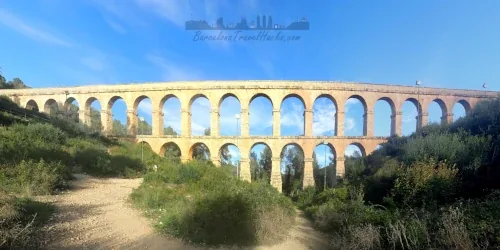 TRAIN + BUS
TRAIN + BUS
Tarragona Roman Ferreres aquaduct | Pont del Diable
Roman aqueduct crossing Barranc del Diable river valley on the outskirts of Tarragona. Visitor tips for walking along the top & getting to information
Read more >
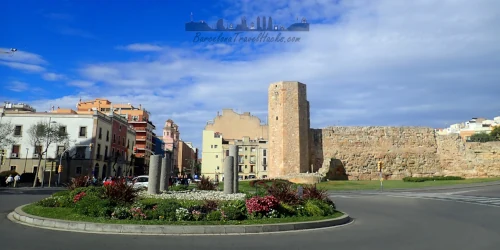 TRAIN
TRAIN
History of Tarragona Museum Roman Circus & Praetorium
Discover the Tarragona 1st Century Roman Circus And Praetorium. opening hours, ticket options, top tips for visiting the Museum of History Tarragona (MHT)
Read more >
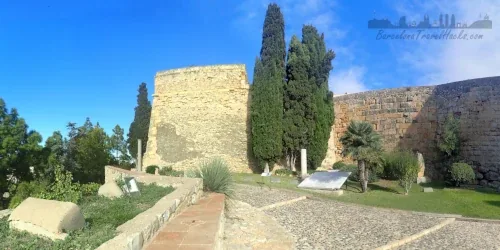 TRAIN
TRAIN
Tarragona Roman Wall And Gardens (archaeological walk)
Tips, tickets and opening hours for visiting the MHT museum of the old roman city wall, gardens & later medieval fortifications of cannons
Read more >
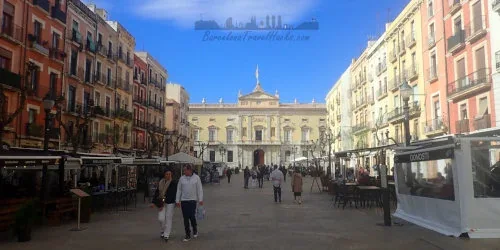 TRAIN
TRAIN
Tarragona Part Alta Historic City Centre
Walking route around Roman and Medieval walled historic centre of Tarragona, known as Part Alta because of it's location on a rocky 160m high plateau
Read more >
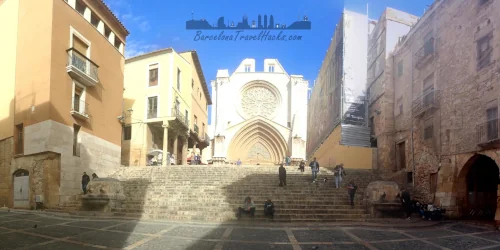 TRAIN
TRAIN
Catedral de Santa Tecla de Tarragona
Romanesque Cathedral or Moorish temple, cloister and Diocesan Museum, dating from 1154. Tickets and essential visitor information
Read more >
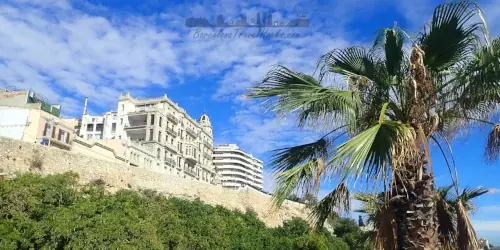 TRAIN
TRAIN
Tarragona Mediterranean Balcony | Balcó del Mediterrani
An urbanised cliff top pedestrianised boulevard with viewpoint over the Mediterranean coastline, Port, beach & Roman Ampitheatre
Read more >
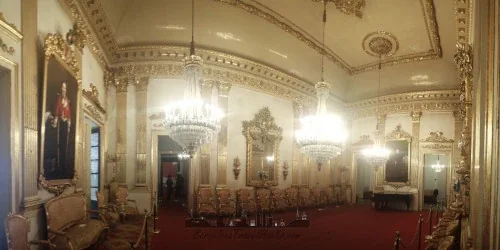 TRAIN
TRAIN
History of Tarragona Museum Casa Canals
18th Century Neoclassical stately house ceeded to Tarragona city by the Canals Family in 1992 and opened as a Museum. Famous for the grand ballroom
Read more >
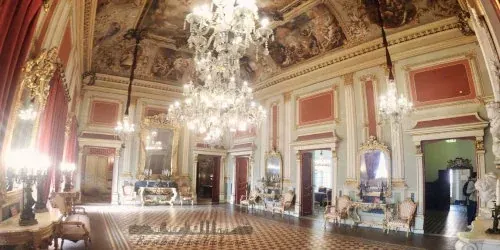 TRAIN
TRAIN
History of Tarragona Museum Casa Castellarnau
Carrer Cavallers was where the city's leading noble families had their homes and palaces from the middle ages & 18th-20th centuries. Today a spectacular museum
Read more >
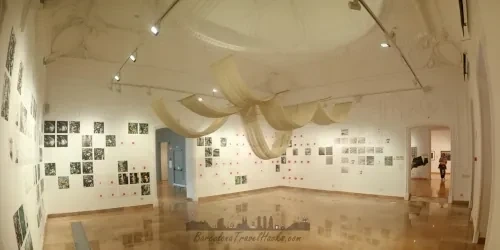 TRAIN
TRAIN